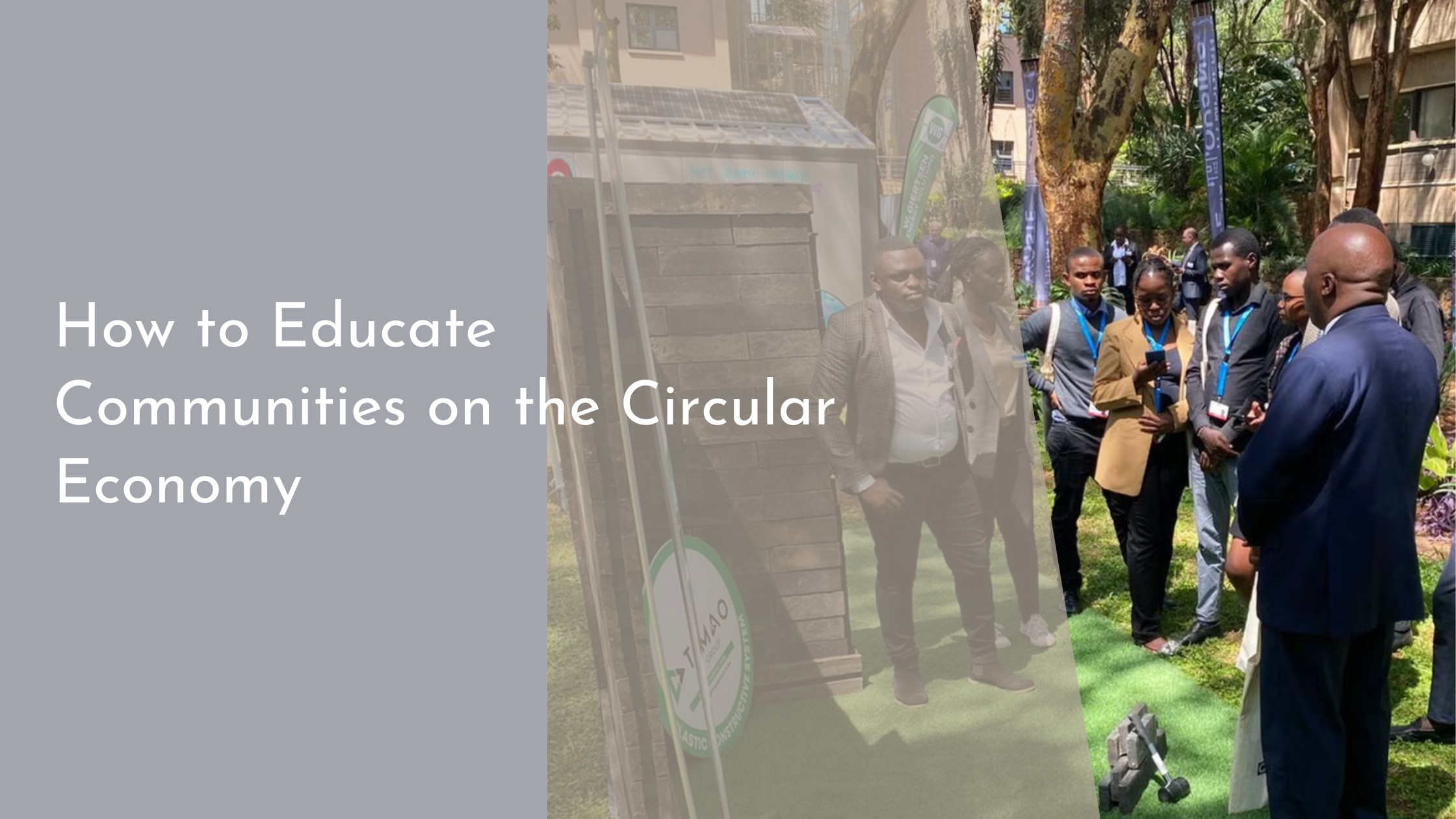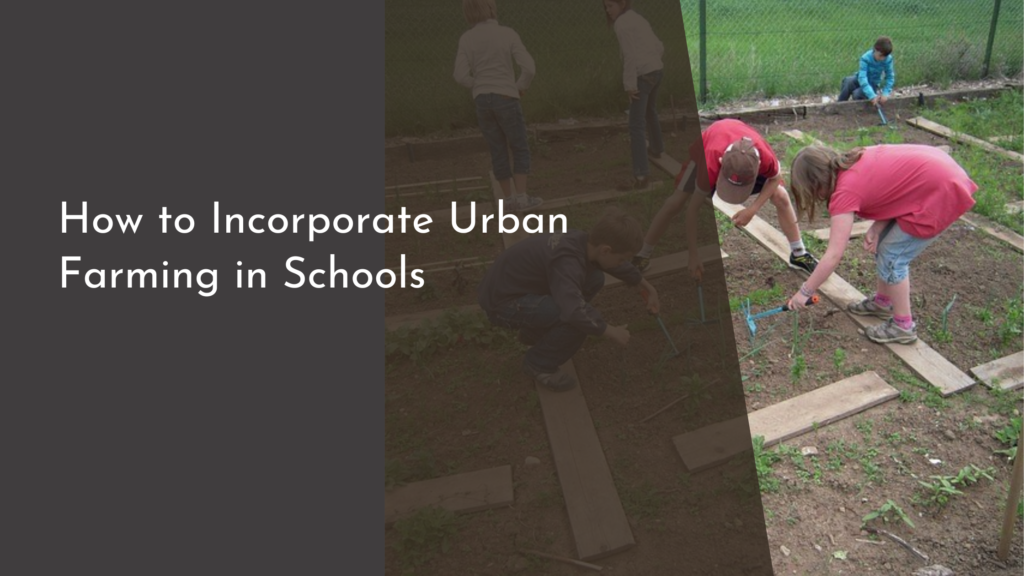How to Educate Communities on the Circular Economy
The concept of a circular economy is gaining traction as communities worldwide seek sustainable solutions to environmental challenges. Unlike the traditional linear economy that follows a ‘take-make-dispose’ model, the circular economy emphasizes resource efficiency, waste reduction, and the regeneration of natural systems. Educating communities about this paradigm shift is essential for fostering sustainable development and reducing environmental impact. This guide outlines effective strategies for educating communities on the circular economy, highlighting the importance of understanding the basics, engaging community leaders, employing effective communication strategies, and organizing interactive educational sessions.
Understanding the Basics of Circular Economy
To effectively educate communities on the circular economy, it’s crucial first to lay a solid foundation by explaining its core principles. The circular economy aims to extend the lifecycle of products, reduce waste, and promote the continuous use of resources. By focusing on the design, production, and consumption processes, the circular economy encourages reusing, repairing, refurbishing, and recycling materials to create a closed-loop system. Providing clear and relatable examples, such as the reuse of glass bottles or the composting of organic waste, helps communities visualize how circular practices can be integrated into everyday life.
Moreover, emphasizing the environmental and economic benefits of the circular economy can motivate communities to embrace this model. Reducing waste and conserving resources can lead to cost savings, job creation, and improved sustainability. Highlighting successful case studies from local or international communities that have adopted circular economy practices can inspire and encourage communities to take action. By understanding these fundamental aspects, individuals and organizations can make informed decisions that contribute to a more sustainable and resilient future.
Engaging Community Leaders and Stakeholders
Community leaders and stakeholders play a pivotal role in championing the circular economy within their circles of influence. Engaging these key figures early on can ensure widespread support and collaboration. Organizing meetings, forums, or panels that involve local government officials, business owners, educators, and non-profit organizations can facilitate the sharing of ideas and foster partnerships. These stakeholders can help identify community-specific challenges and opportunities, making it easier to tailor circular economy initiatives that resonate with local needs and aspirations.
Inclusivity is essential when engaging community leaders and stakeholders. Actively seeking input from diverse groups, including marginalized or underrepresented communities, ensures that the transition to a circular economy is equitable and benefits everyone. By building a coalition of committed leaders, communities can leverage their collective knowledge and resources to develop innovative solutions and drive meaningful change. Encouraging ongoing dialogue and collaboration among stakeholders promotes a sense of ownership and accountability, helping maintain momentum in the journey toward a circular economy.
Effective Communication Strategies and Tools
Communication is a cornerstone of educating communities about the circular economy. Developing clear and compelling messages that resonate with diverse audiences is essential. Utilizing a mix of traditional and digital communication tools can enhance outreach efforts. Social media platforms, newsletters, local newspapers, and community radio stations can disseminate information widely and engage different demographic groups. Visual aids like infographics and videos can simplify complex concepts, making them more accessible and appealing to a broader audience.
Tailoring messages to align with community values and priorities increases the likelihood of engagement. For example, emphasizing cost savings and economic resilience may resonate with business communities, while highlighting environmental conservation might appeal more to eco-conscious individuals. Additionally, facilitating open communication channels, such as feedback sessions or interactive Q&A forums, encourages community members to voice their concerns and ideas. By establishing a two-way dialogue, educators can address misconceptions, build trust, and foster a sense of collaboration and shared purpose.
Organizing Workshops and Interactive Sessions
Workshops and interactive sessions are powerful tools for deepening community understanding and involvement in the circular economy. These events provide hands-on learning opportunities, allowing participants to explore circular practices in action. Organizing workshops on topics such as upcycling, composting, or sustainable design can empower individuals with practical skills and knowledge. Engaging local experts or practitioners to lead these sessions can enhance their impact, offering real-world insights and inspiration.
Interactive sessions, like panel discussions or community forums, create spaces for open dialogue and idea exchange. These events encourage participants to share their experiences, challenges, and successes, fostering a sense of community and collaboration. Utilizing participatory techniques, such as group brainstorming or role-playing scenarios, can stimulate creative thinking and problem-solving. By creating an inclusive and engaging learning environment, communities can collectively envision and work toward sustainable solutions that align with circular economy principles.
Educating communities about the circular economy is a transformative journey that requires collaboration, creativity, and commitment. By understanding the basics, engaging leaders and stakeholders, employing effective communication strategies, and organizing interactive sessions, communities can unlock the potential of circular practices and contribute to a more sustainable future. As awareness grows, so does the ability to make informed choices that minimize environmental impact and promote economic resilience. Together, communities can embrace the circular economy as a pathway to a healthier planet and a thriving, sustainable society.


